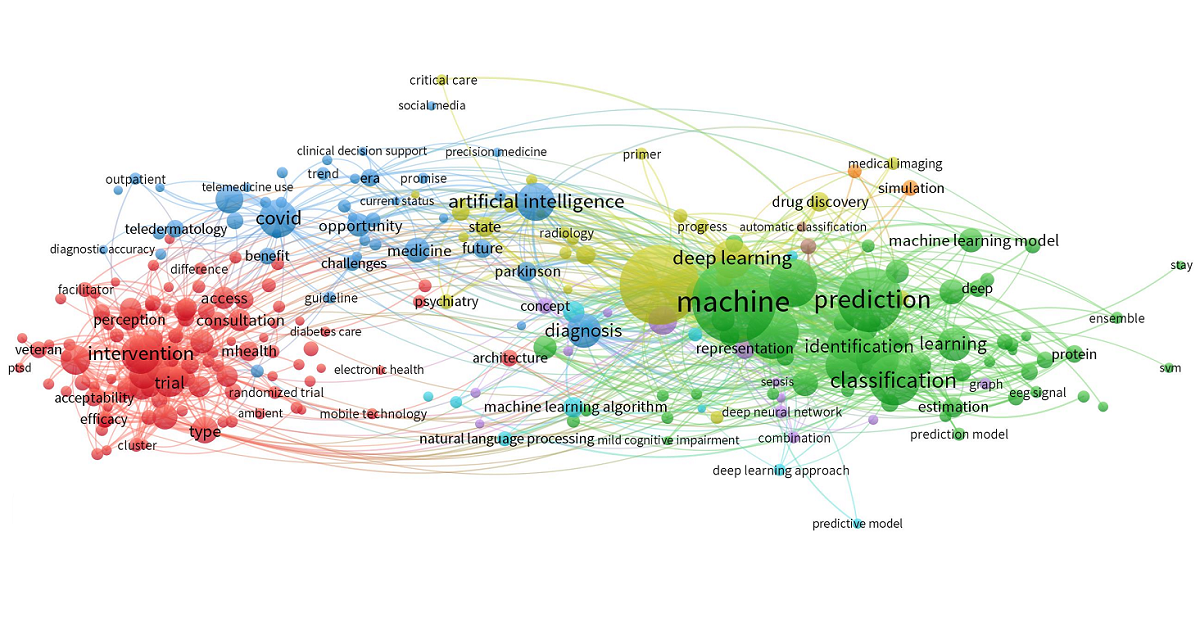AI Technologies for eHealth and mHealth
A special issue of Applied Sciences (ISSN 2076-3417). This special issue belongs to the section "Computing and Artificial Intelligence".
Deadline for manuscript submissions: 20 August 2024 | Viewed by 2737

Special Issue Editors
Interests: health informatics; data modeling; data analysis; expert systems
Interests: medical informatics; m-health; telemedicine
Special Issue Information
Dear Colleagues,
The ongoing ageing of modern societies will lead to a growing portion of society relying on the financial support of a shrinking workforce. At the same time, the sustainability of public health services is expected to be further affected by the application of new sophisticated and expensive imaging and diagnostic tools and processes developed for the care of widespread chronic diseases such as diabetes, cancer, and cardiovascular and neurological diseases. These trends will inevitably necessitate changes in the current health care system even in the short run, and the only realistic answer to this challenge is preventive self-management supported by ambient assisted living devices and IoT, and modern information technology relying on artificial intelligence. It is the objective of this Special Issue to give a cross-section of current research related to all applications of AI in the eHealth and mHealth domain, with an emphasis on the following fields:
- Machine learning methods used for feature extraction, diagnostics and personalized treatment recommendations. Within this field, a special highlight is personalized and mobile lifestyle counselling for chronic disease prevention and management.
- Medical expert systems using traditional rule-based or case-based reasoning, or evolutionary/swarm-intelligence algorithms, assisting medical professionals in research or daily care.
- Natural language processing methods for analyzing current and legacy textual records and implementing intelligent chat support for patients.
- This Special Issue welcomes original research articles and review papers. Case studies and reports on controlled clinical trials are especially welcome.
Dr. István Vassányi
Dr. István Kósa
Dr. László Balkányi
Guest Editors
Manuscript Submission Information
Manuscripts should be submitted online at www.mdpi.com by registering and logging in to this website. Once you are registered, click here to go to the submission form. Manuscripts can be submitted until the deadline. All submissions that pass pre-check are peer-reviewed. Accepted papers will be published continuously in the journal (as soon as accepted) and will be listed together on the special issue website. Research articles, review articles as well as short communications are invited. For planned papers, a title and short abstract (about 100 words) can be sent to the Editorial Office for announcement on this website.
Submitted manuscripts should not have been published previously, nor be under consideration for publication elsewhere (except conference proceedings papers). All manuscripts are thoroughly refereed through a single-blind peer-review process. A guide for authors and other relevant information for submission of manuscripts is available on the Instructions for Authors page. Applied Sciences is an international peer-reviewed open access semimonthly journal published by MDPI.
Please visit the Instructions for Authors page before submitting a manuscript. The Article Processing Charge (APC) for publication in this open access journal is 2400 CHF (Swiss Francs). Submitted papers should be well formatted and use good English. Authors may use MDPI's English editing service prior to publication or during author revisions.
Keywords
- eHealth
- ambient assisted living
- personalized care
- machine learning
- medical expert systems






